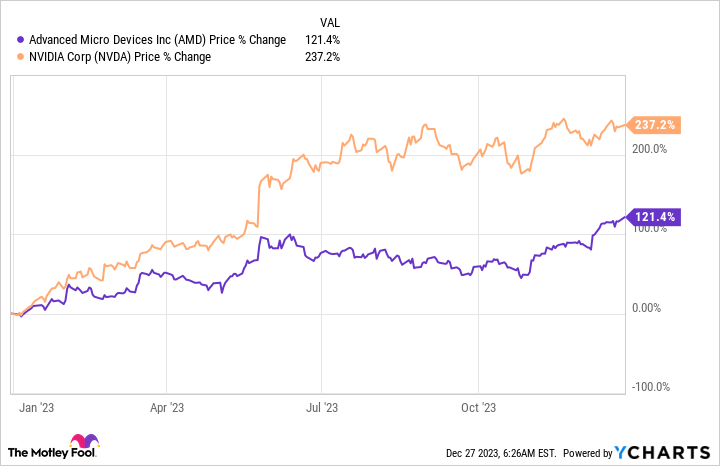Delhi, one of the cities infamous for hosting the world’s poorest air quality, has shown substantial improvements between 2018 and 2023 in terms of PM10 and PM2.5 concentrations and the Air Quality Index (AQI), according to data released by the Ministry of Environment, Forest, and Climate Change on Sunday.
The government data showed that both PM10 and PM2.5 concentrations display fluctuations over the years. But, 2020 stands out with lower concentrations, attributed to reduced anthropogenic activities during the COVID-19 lockdown. The year 2023 demonstrated a further decrease in PM10 (205 µgm/m3) and PM2.5 (100 µgm/m3) concentrations, indicating a positive trend in air quality.
“The Commission for Air Quality Management in NCR and Adjoining Areas (CAQM), since its inception in 2021, through a series of firm steps, has initiated various policy measures and field actions towards abatement of air pollution in Delhi-NCR,” the Ministry of Environment, Forest, and Climate Change said in a statement.
The government said that continual and concerted efforts of all the stakeholders around the year also in 2023 have further helped to improve the general air quality parameters in Delhi as compared to the past few years (barring the periods of very low anthropogenic, industrial, and commercial activities during the Covid affected year 2020, owing to complete lockdowns and other restrictions), pursuant to various preventive and mitigative field actions through numerous statutory directions and orders of the Commission, covering all major sectors contributing to the overall air quality.
“Barring 2020, the year 2023 witnessed 4 months (March, April, June, and July) with the best-ever daily average AQI and 3 months (January, February, and May) with second best daily average AQI during the entire period from 2018 to 2023,” said the government.
When comparing Delhi’s AQI around the Diwali Festival for Pre-Diwali, Diwali, and Post-Diwali Days, the year 2023 recorded the lowest AQI values on all three days, signifying improved air quality during the festival compared to previous years. The data also indicates that AQI values for Diwali and Post-Diwali days in 2023 (218 and 358) are lower than in previous years, suggesting enhanced air quality during the festival.
Furthermore, fluctuations in PM10 and PM2.5 concentrations are observed across the years, with a marked improvement in 2023. The lower AQI values during Diwali in 2023 suggest positive outcomes, possibly influenced by awareness and regulatory measures, the government reported.
“The year 2023 also witnessed much lower levels of episodic events like farm burnings during paddy harvesting season, bursting of crackers during religious festivals and marriages/celebrations etc. However, the benefit attributable to the same in Delhi’s AQI, was nullified owing to much adverse climatic, meteorological, low temperature, and calm wind conditions in the region, impeding effective dispersion of the pollutants and resulting in a spike in the daily average AQI during the winter months in particular. Despite these factors, the overall daily average AQI during the year has been the best so far,” the government said.
“With persistent field level efforts and targeted policy initiatives for quantified results in the short/ medium/ long term, it is expected that air quality scenario over Delhi will see further gradual but marked improvement, year on year,” it said.
According to the data, the daily average AQI reached its lowest in 2020 (185), followed by an increase in 2021 (209) and a further improvement in 2023 (204). Also, a positive trend is evident in air quality for the years 2021 and 2023 compared to 2018 and 2019. While June and July consistently show lower AQI values, indicating relatively better air quality during these months.





















